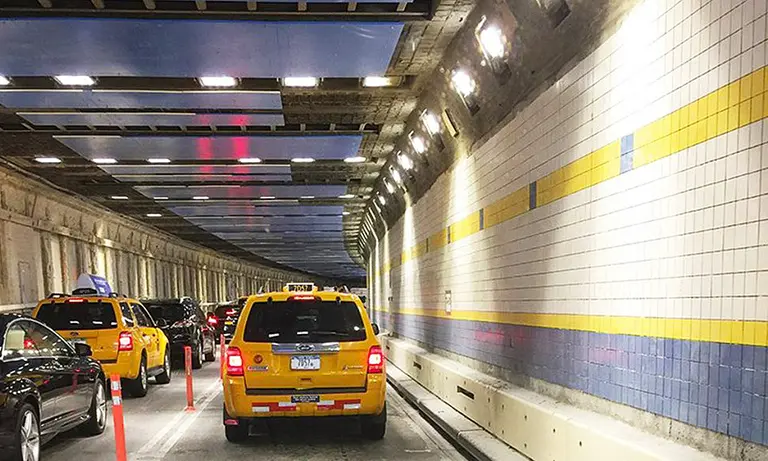February 1, 2017
In the light of Donald Trump's ban on Syrian refugees, 6sqft decided to take a look back at Little Syria. From the late 1880s to the 1940s, the area directly south of the World Trade Center centered along Washington Street held the nation's first and largest Arabic settlement. The bustling community was full of Turkish coffee houses, pastry shops, smoking parlors, dry goods merchants, and silk stores, but the Immigration Act of 1924 (which put limits on the number of immigrants allowed to enter the U.S. from a given country and altogether banned Asians and Arabs) followed by the start of construction on the Brooklyn-Battery Tunnel in 1940, caused this rich enclave to disappear. And though few vestiges remain today, there's currently an exhibit on Little Syria at the Metropolitan College of New York, and the Department of Parks and Recreation is building a new park to commemorate the literary figures associated with the historic immigrant community.
The full history and details on the new developments

